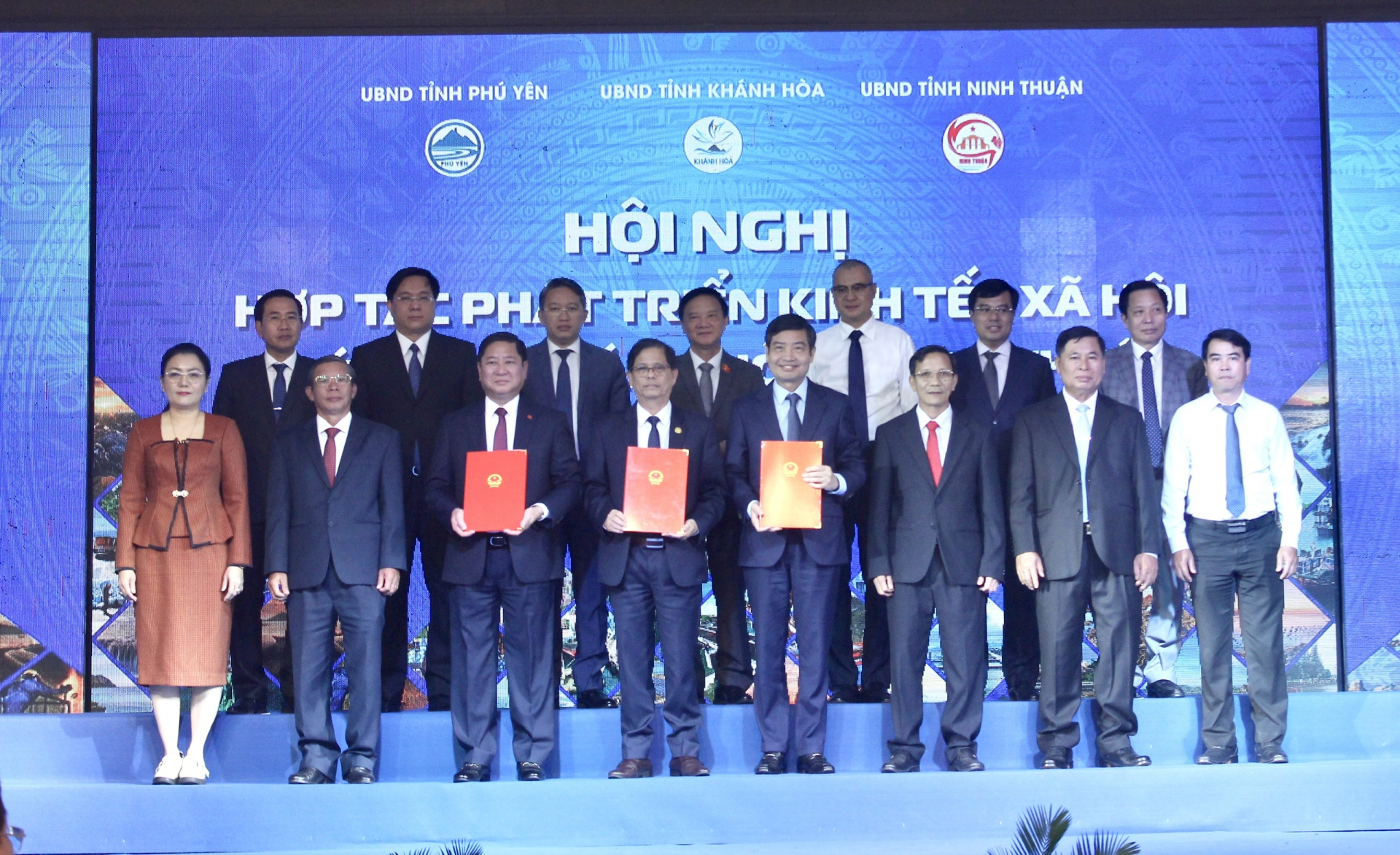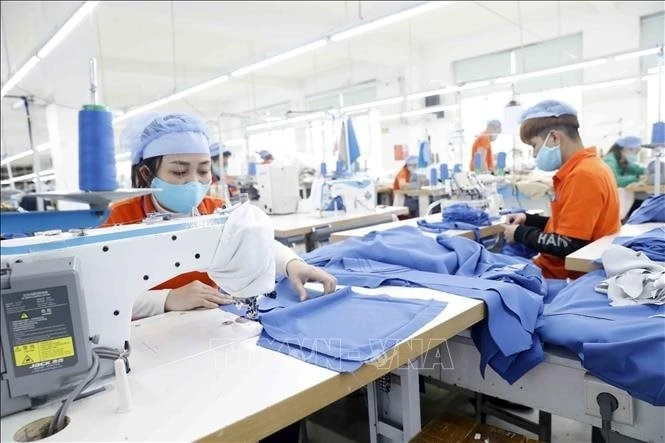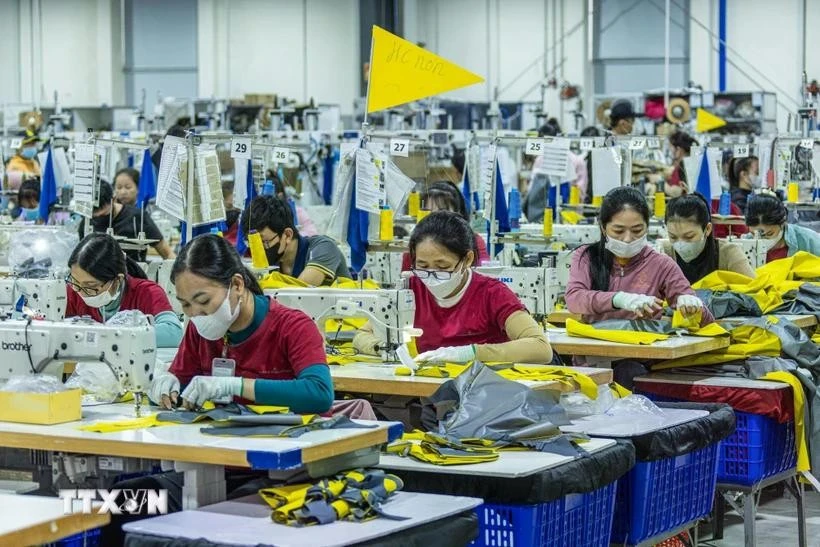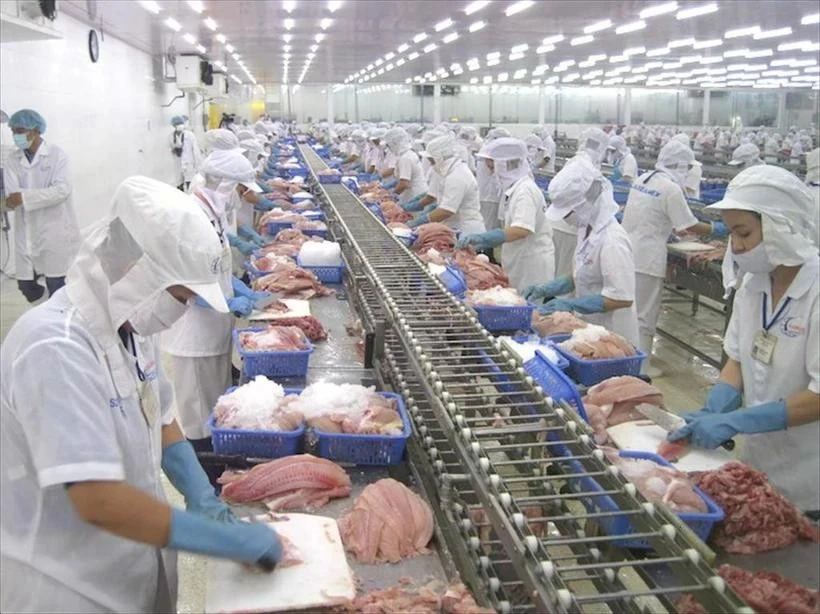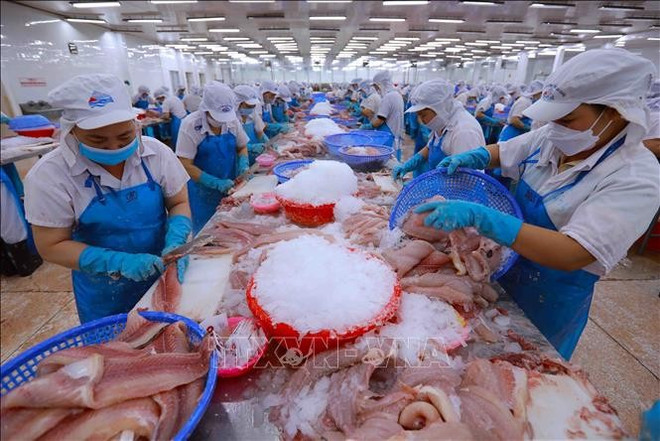Protecting and developing aquatic resources is a key objective in Vietnam’s fisheries development strategy. Phu Yen province has been implementing various measures to reasonably exploit marine potentials and advantages while enhancing the regeneration and protection of aquatic resources and conserving marine biodiversity.
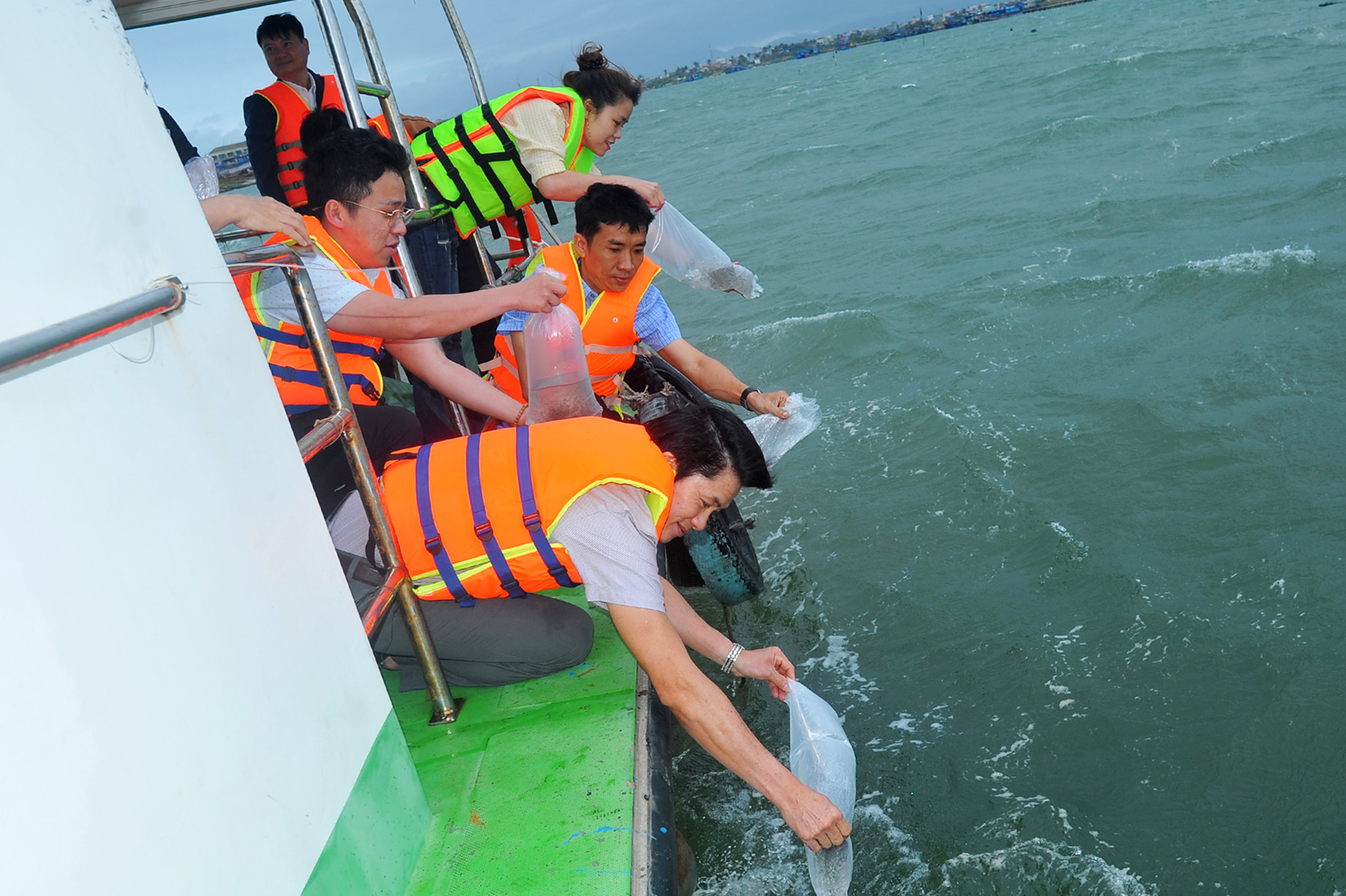 |
| Representatives of units participating in the release of aquatic species for resource restoration at Da Dien estuary (Tuy Hoa city) |
Located along Vietnam’s south-central coast, Phu Yen has numerous lagoons, bays, coral reefs, seagrass beds, and etc. Its coastal and wetland ecosystems are rich and diverse, with numerous high-value aquatic species. These areas are vital to the livelihoods of local residents, providing fishing grounds and water surface for aquaculture activities, and opportunities for eco-tourism, while also helping regulate the climate and protect biodiversity.
In recent years, fishermen have increasingly engaged in the farming of brackish water shrimp, lobster, fish and other aquatic species in coastal waters, hence creating jobs and improving income for coastal fishermen.
However, the province’s coastal marine ecosystems are under growing pressure due to unsustainable unreasonable exploitation, which have led to depletion of aquatic resources. Many coastal marine ecosystems have been destroyed by aquaculture and fishing activities. Pollution in aquaculture zones, especially in bays and lagoons, has also reached alarming levels.
According to Tuy An district’s People’s Committee, the aquatic resources of O Loan lagoon have long been the main source of livelihood for local residents. In the past, fishers harvested about 400 tons of seafood annually from this lagoon, particularly mollusks - local specialties of Phu Yen, such as blood cockles, oysters, and scallops…. However, the unauthorized encroachment of the lagoon’s water surface for aquaculture and the use of destructive fishing gear by local residents have significantly depleted these resources.
Mr Dao Quang Minh, Director of the Fisheries Sub-Department (the Department of Agriculture and Environment), lets known that each year, the province mobilizes support from various organizations and individuals, in collaboration with local authorities, to release juvenile aquatic species into the wild to replenish fish stocks.
Restoring and replenishing aquatic resources is a meaningful and essential activity, also a shared responsibility of all organizations and individuals in honoring President Ho Chi Minh’s teaching that “Our bountiful seas belong to our people”.
"The Phu Yen fisheries sector urges all organizations, individuals, and coastal communities to raise awareness and actively participate in marine environmental protection and fishery resource restoration. Fishers should practice responsible fishing by observing the proper seasons, using appropriate mesh sizes, and shifting toward sustainable offshore fishing. Destructive and environmentally harmful fishing methods must be avoided", Mr. Minh added.
Phu Yen’s marine area is rich in biodiversity, featuring coral reefs, seagrass beds, and several unique coastal ecosystems that the province has long been researching and protecting. Phu Yen is currently implementing plans and measures to protect and develop aquatic resources, support and diversify livelihoods for fishing communities, and establish marine protected areas such as spawning grounds, nursery areas, coral reefs, and seagrass beds… The goal is to regenerate aquatic resources while effectively managing fishing activities to ensure sustainable development and improve the quality of life for coastal residents.
According to Mr Nguyen Quoc Thang, Vice Chairman of Tuy Hoa city People's Committee, the locality is honored this year to have Da Dien estuary selected by the Department of Agriculture and Environment as the site for releasing over one million juvenile tiger prawns to help restore aquatic resources.
This meaningful initiative plays an important role in raising public awareness and encouraging community involvement in protecting the marine environment and regenerating fishery resources".
"Tuy Hoa City has taken strict measures to curb the use of banned fishing gear such as electric shock devices and bottom trawl nets... Currently, there are no 'three-no' fishing boats (unregistered, unlicensed, and uninsured) operating in the city. In the coming time, the locality will continue awareness campaigns to encourage responsible fishing, protect the marine environment and prevent illegal activities", Mr. Nguyen Quoc Thang stated.
Phu Yen has made significant efforts in protecting aquatic resources and preserving nature, especially nearshore marine ecosystems. Alongside community and individual efforts, authorities and professional agencies are implementing various strategies to raise public awareness and encourage collective responsibility in environmental and resource conservation.
Aquatic resource restoration is a core component of Vietnam’s Fisheries Resource Protection and Exploitation Planning for the 2021–2030 period, with a vision to 2050, approved by the Prime Minister. Phu Yen has rolled out its own plan aligned with this national strategy, aiming to protect, conserve, and regenerate aquatic resources. Key activities include conducting surveys and assessments of commercial fishing operations, evaluating nearshore fish stocks and their habitats, and gathering data on nearshore aquatic resources in coastal areas.
Mr Nguyen Tri Phuong, Deputy Director of the Department of Agriculture and Environment, lets known that Phu Yen is also establishing several marine protected areas, implementing co-management of fishery resource protection zones, and organizing the management of no-take zones in the region. The province regularly releases juvenile fish to regenerate aquatic resources and restore ecosystems such as seagrass beds, coral reefs, and mangrove forests in areas of Xuan Dai bay, Cu Mong lagoon, O Loan lagoon, and surrounding islands. Phu Yen also plans to deploy artificial reefs in areas with favorable conditions to create new habitats for aquatic species to live, reproduce, and grow.


